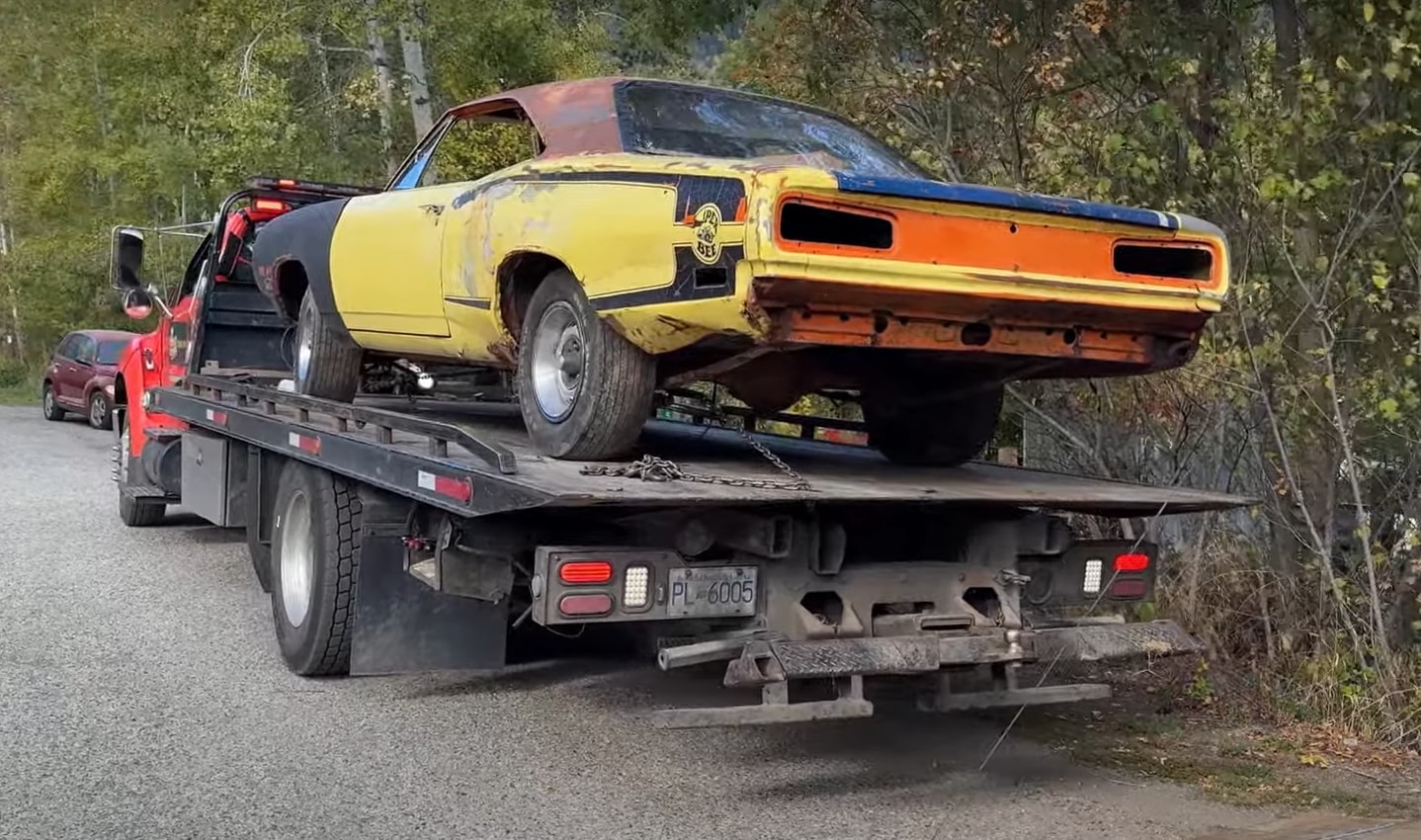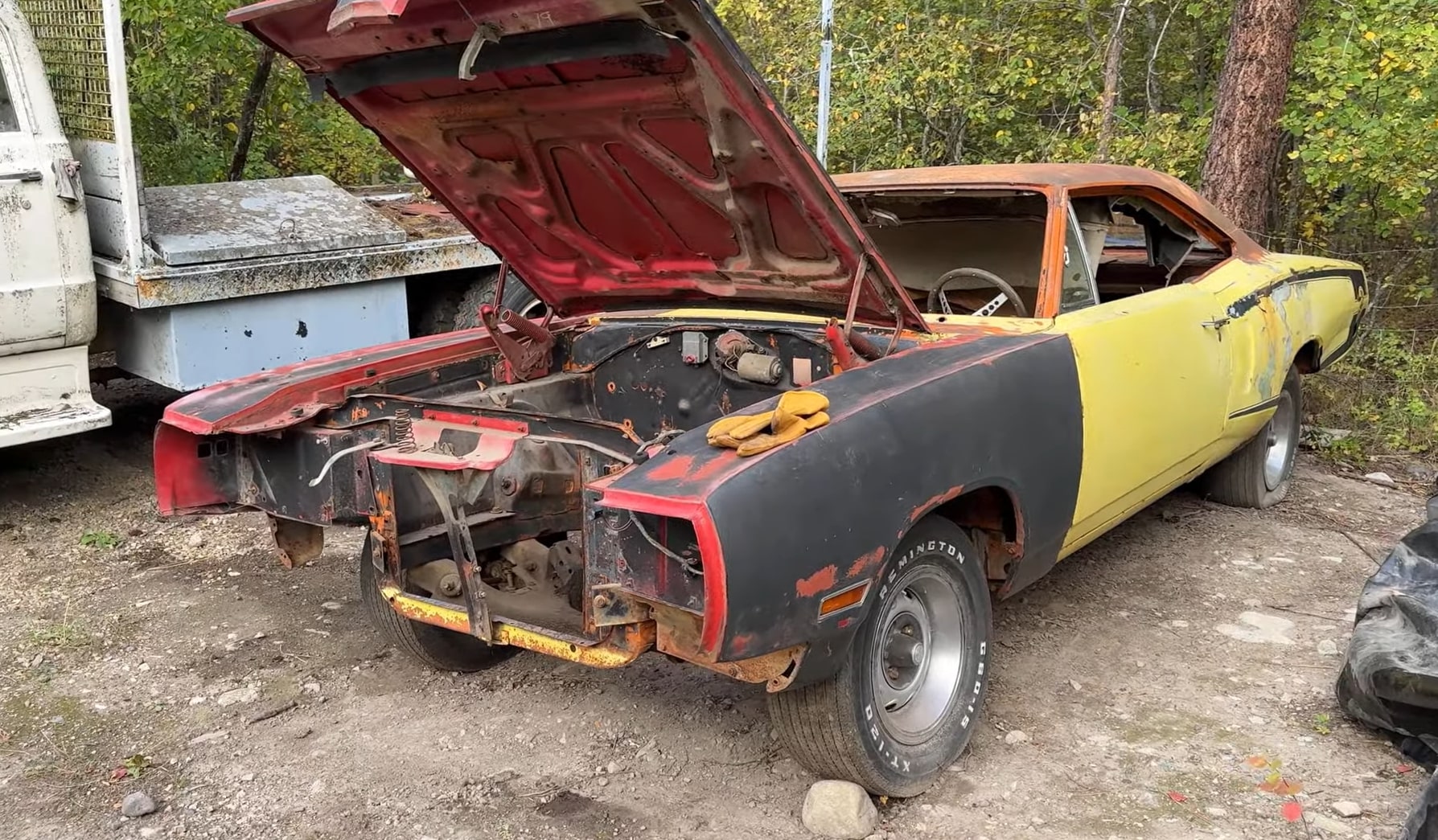The Dodge Super Bee, a high performance muscle car introduced in 1968, was one of two entry level offerings from Chrysler that year, alongside its Plymouth sibling, the Road Runner.
While the Road Runner enjoyed a long production run, lasting until 1980, the Super Bee was discontinued after just four years, primarily due to the discontinuation of Chrysler’s powerful big-block V8 engines in 1971.
Despite its shorter lifespan, the Super Bee remains a sought after classic car, with the 1971 model being particularly rare. Produced in two generations, the first Super Bee was based on the Coronet and lasted through 1970. The second generation, a one year only offering, was based on the Charger.

The 1971 Super Bee is the rarest of the two, with only 5,054 units produced, while the 1969 is the most common, with 27,800 examples delivered. This 1970 Super Bee, one of 15,506 cars produced, is even rarer than its production numbers suggest.
Hidden under a tarp in someone’s backyard, this Super Bee appears to be a standard 383-cubic inch V8 model. The 335 horsepower Magnum was the most common engine in the Super Bee, powering 14,196 examples in 1970 alone.
However, this particular car is equipped with a more powerful 440 cubic-inch Six Pack RB engine, a rare option that was only ordered by 1,274 customers.

The Super Bee, a once prized possession, has been neglected for decades. Originally paired with a four speed manual and a hardtop body style, it was a rare and desirable combination. However, this particular Mopar has lost its original drivetrain, including the four speed and the Dana 60 rear end, and the interior has been gutted.
Despite its current condition, the Super Bee’s solid frame rails and floors offer a promising foundation for restoration. The car’s original stripes, marked during a repaint from Go Mango orange to yellow, are a testament to its history.
As the Super Bee heads to a new shop for restoration, its future looks bright. With hopes of returning to its factory correct glory, the Super Bee’s journey towards restoration is a story of perseverance and passion.

